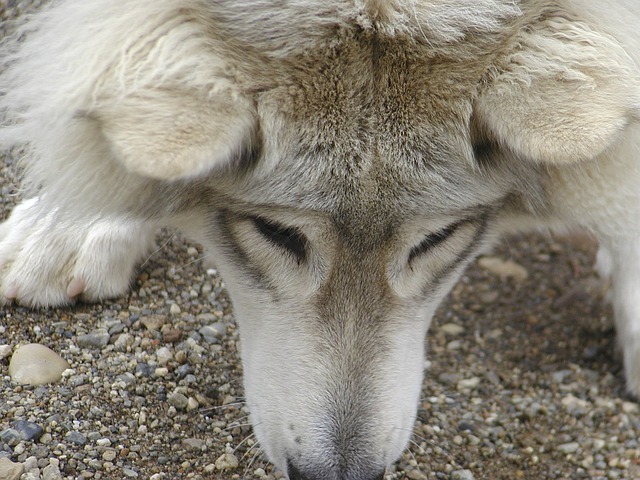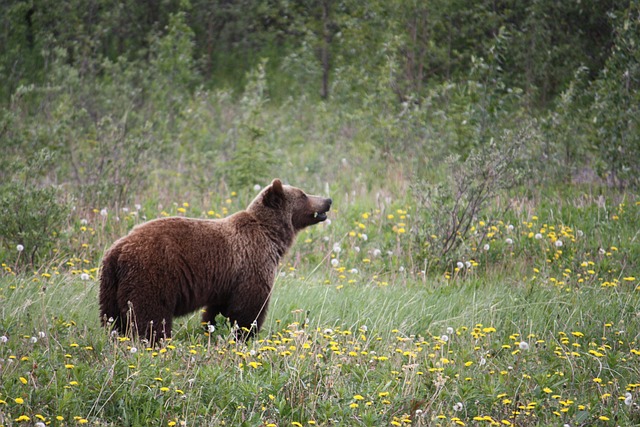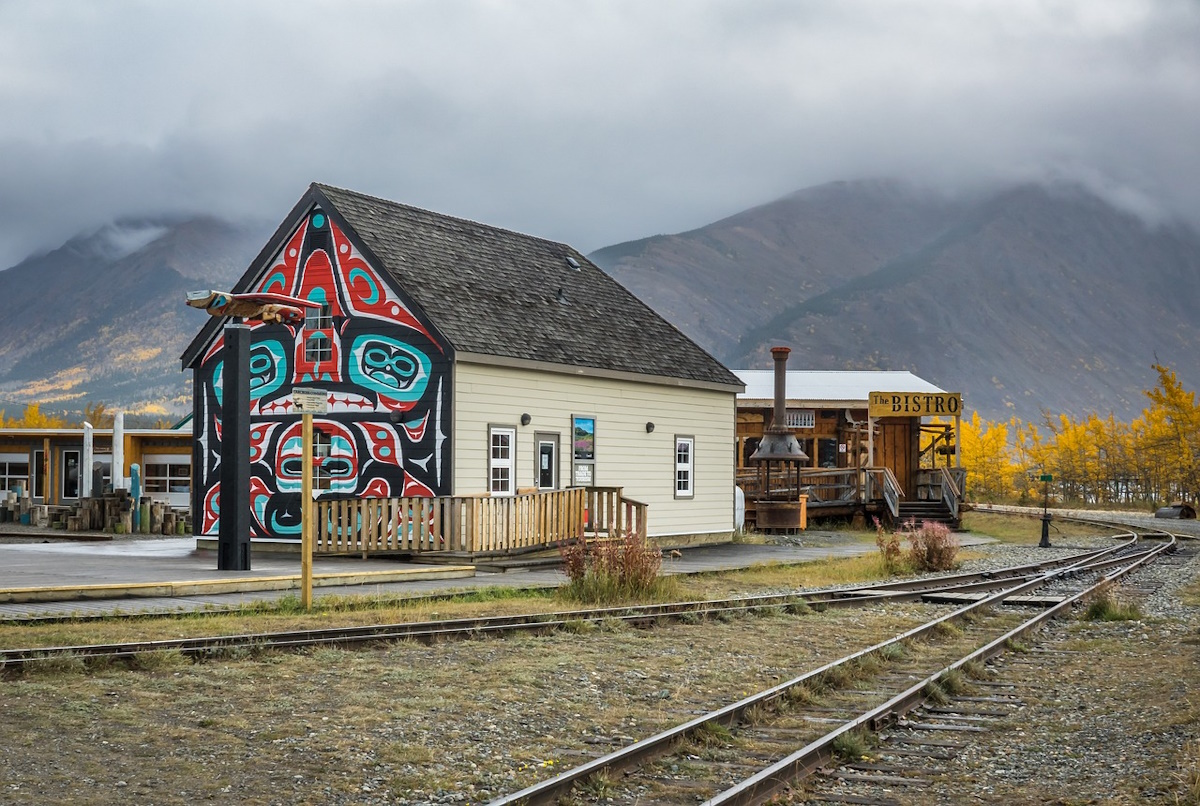Yukon: Facts that Will Leave You Spellbound
The Yukon is synonymous with the Klondike Gold Rush and a wild, untamed spirit. But there’s even more to this larger-than-life territory!
Get ready to be amazed by these facts that showcase the magic of the Yukon.
15 Mind-blowing Facts About Yukon
-
Midnight Sun Magic: In summer, the sun barely sets in parts of the Yukon, creating endless days for outdoor adventures.
-
Northern Lights Spectacular: The Yukon is one of the best places on Earth to witness the dazzling dance of the aurora borealis.
-
Wildlife Wonderland: Keep your eyes peeled! Moose, caribou, bears, wolves, and even Dall sheep could be around the next bend.

-
Summit Fever: Mount Logan, Canada‘s tallest mountain, stands proudly within the Yukon’s Kluane National Park.
-
Gold Rush Legacy: Dawson City, once at the heart of the Klondike stampede, retains its frontier charm and fascinating history.
-
Yukon Quest: Mush! This epic 1000-mile dogsled race is a testament to the territory’s rugged spirit and endurance.
-
Paddler’s Paradise: The Yukon River is a legendary waterway, perfect for canoeing, kayaking, and epic wilderness journeys.
-
SS Klondike: Step Back in Time: Explore this restored sternwheeler paddleboat in Whitehorse, a relic of the Gold Rush era.
-
Sign Post Forest: A Quirky Landmark: This roadside attraction in Watson Lake features thousands of signs from travelers around the world.
-
Miles Canyon: Scenic Beauty: Hike along the canyon rim and witness the turquoise waters of the Yukon River rush through the basalt gorge.
-
Takhini Hot Springs: Soak Your Worries Away: Relax in soothing mineral-rich pools surrounded by breathtaking scenery.
-
Yukon Wildlife Preserve: Get Up Close: Observe rescued animals like bison, elk, lynx, and more in this vast natural habitat.

-
Arts & Culture Abound: The Yukon boasts a vibrant arts scene, from First Nations artists to contemporary creators.
-
Festival Fever: From the Dawson City Music Festival to the Yukon Sourdough Rendezvous, the Yukon knows how to celebrate.
-
Unforgettable Wilderness: Whether hiking, camping, or simply gazing at the vast landscapes, the Yukon’s raw beauty will stay with you.
Conclusion
The Yukon is a land of extremes, where untamed nature meets a pioneering spirit. From breathtaking natural wonders to the lingering echoes of a bygone era, the Yukon offers an experience unlike anywhere else. So, let the spirit of the North draw you in and discover what makes the Yukon truly unforgettable.

